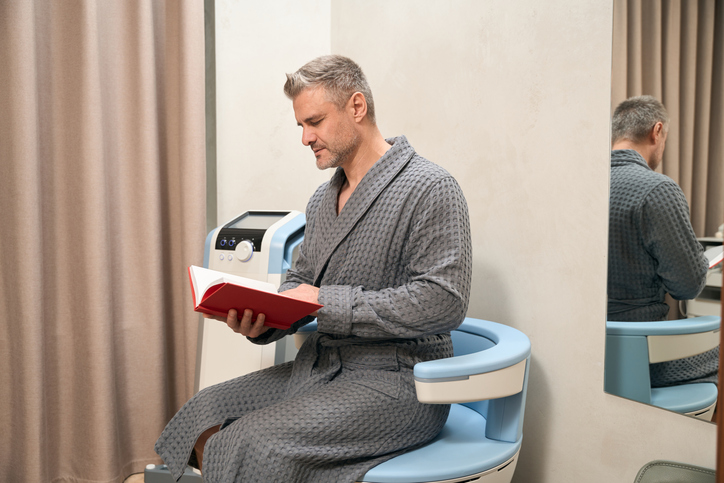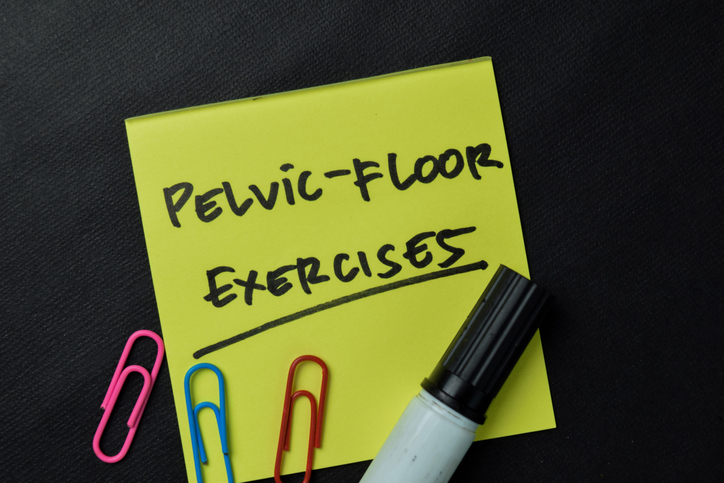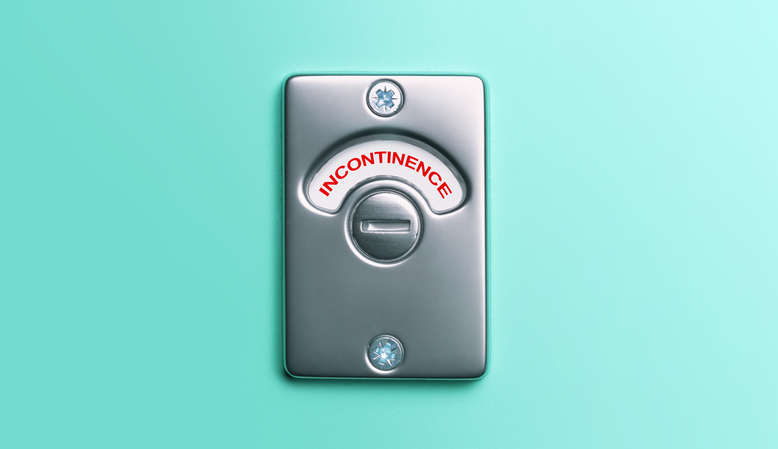The Emsella Chair May Be Your Answer to Managing Urinary Incontinence

By Joy Stephenson-Laws, JD, Founder
Urinary incontinence - a loss of bladder control that can cause everything from small leaks to not being able to make it to the bathroom - typically becomes more common as we age. It affects women more than it does men, with almost 60 percent of older women experiencing it at some point. With men, this number is around 10 percent. It usually happens when a person coughs, laughs, sneezes, or exerts themselves physically. This type of common incontinence is known as stress incontinence. Not being able to make it to the bathroom is known as urge continence. Clearly, any degree of incontinence can have a negative impact on your quality of life.
Incontinence is not a "normal part" of aging.
Bladder control issues are usually not considered a normal part of aging but rather a symptom of another condition. With women, it may be due to weakened pelvic floor muscles after pregnancy as well as hormonal changes related to menopause. For men, it often is the result of a condition known as benign prostatic hyperplasia (BPH), which is the medical term for an enlarged prostate. This condition affects more than 50 percent of men over the age of 50 and some 70 percent over the age of 60. It also may be due to prostatitis (inflammation of the prostate) or as the result of surgery to remove the prostate, usually due to prostate cancer. Other causes in both women and men include medications, obesity, constipation, various foods and beverages, infections such as UTIs, and neurological problems.

Some individuals may choose to undergo surgery or other invasive procedures to help control and manage their incontinence. Other options include lifestyle changes such as exercises to strengthen the pelvic muscles (known as Kegel exercises).
The good news for those looking for other options to manage incontinence is the recent availability of a non-invasive, FDA-approved treatment known as the Emsella Chair, which pH Labs is proud to offer in its Encinitas and Sherman Oaks location as one of the services to help clients live their healthiest lives. This is the same treatment that you have heard the actress Drew Barrymore experience and talk about on her show.
The Emsella Chair works by delivering electromagnetic energy that triggers over 11,000 pelvic floor muscle contractions over the course of a 30-minute treatment. This is far more than you would be able to achieve doing Kegel exercises on your own. It also achieves better results because the intensity of the Emsella treatment impacts the entire pelvic floor muscle group and not just those affected by traditional Kegel exercises. During the treatment session, some individuals can feel their pelvic muscles “working.” While a person may feel some tingling, the treatment is not painful. Also, you remain fully dressed during the treatment and can spend the time reading, relaxing, listening to music, or talking with a friend should you invite one to come with you. There is no recovery time, so you can return to your daily routine immediately after a treatment session.
The Emsella Chair is indicated for both men and women who experience stress incontinence or who have sudden urges to urinate accompanied with leakage before they can get to the bathroom. This includes night walks, urgency, and frequency of urination. The treatments have been shown to be very effective with 95 percent of patients reporting significant improvement, even after only a few treatments. The general suggested course of treatment is six sessions over three weeks with follow-up sessions every one to six months depending on an individual’s results.
The Emsella Chair may also benefit those experiencing decreased sexual response or other conditions such as erectile dysfunction that are caused by weakened pelvic musculature.
It's important to know that the Emsella Chair is contraindicated for individuals who may be pregnant, have a copper coil or IUD, a pacemaker, defibrillator, or have metal plates/prosthetics (e.g., hip replacement). And in all cases, you should check with a competent health practitioner before undertaking Emsella Chair treatments.

Whether you are using the Emsella Chair or other treatments to manage your incontinence, it’s important to not overlook the role nutrition can play in addressing different forms of incontinence and in complementing whatever your treatment regimen is. After all, good nutrition and diet are the cornerstones of a healthier life so it just follows that they can also play a role in managing urinary incontinence.
Obesity is an example of a diet or nutrition related cause of urinary incontinence. It can aggravate or trigger both stress incontinence and urge incontinence. It does this by putting pressure on your bladder and weakening your pelvic muscles and the surrounding urethral structures. And being obese also increases your risk for diabetes, which can cause nerve damage as well as compromise your immune system, both of which can increase your risk for diseases or conditions that can contribute to incontinence.

Another potentially diet or nutrition-related culprit in triggering urinary incontinence is constipation, which can cause stress incontinence. Much as obesity puts pressure on your bladder, having a stool obstruction in your intestine can reduce the amount of space your bladder has to expand as it fills with urine, which can cause unwanted leakage or reduced bladder control.
The first thing to do when addressing urinary incontinence is to check your nutritional status. This usually ensures your body is getting the nutrients it needs – and in the right amounts – to put you in the best stead to manage your weight and help your body defend against disease such as UTIs.
Talk with a competent healthcare practitioner about getting a comprehensive nutrient test. Checking your vitamin D level is especially important since there is some evidence suggesting that vitamin D deficiency can contribute to incontinence. Once you are armed with the results, you can then determine the best plan of action to address any nutrient deficiencies or imbalances.
Since gluten can irritate the bladder, you may also want to talk with your doctor about eliminating it from your diet. In addition, make sure you drink enough water. I understand this may sound counterintuitive if you are trying to manage urinary incontinence, but it really isn’t. Not getting enough water can make your urine more concentrated, which can irritate your bladder.
Some foods can also aggravate incontinence since they can act as irritants to your urinary system or as diuretics which increase urine production. These include caffeine, carbonated beverages, alcohol, artificial sweeteners, spicy foods, dairy, chocolate, vinegar, soy sauce and citrus fruits.
Finally, review your current medications with your doctor to see if any of them may be causing or contributing to urinary incontinence.
Enjoy your healthy life!
Disclaimer: This article is not intended to provide medical advice. Please consult with your doctor or another competent healthcare practitioner to get specific medical advice for your situation.
The pH professional health care team includes recognized experts from a variety of health care and related disciplines, including physicians, attorneys, nutritionists, nurses, and certified fitness instructors. This team also includes the members of the pH Medical Advisory Board, which constantly monitors all pH programs, products, and services. To learn more about the pH Medical Advisory Board, click here.







